We’re often asked about the cause of cancer. But the truth is, very few cancers have a single known cause. Most cancers develop due to a complex mix of many different risk factors (like getting older, smoking tobacco or not protecting yourself from the sun). And sometimes cancer develops in people who don’t have any known risk factors.
The good news is, thanks to research, we have a better understanding of how cancers develop and how to prevent it. By improving your knowledge about the different risk factors and making a few simple changes to the things that you eat, drink, breathe and do every day, you can take action and reduce your cancer risk!
Learn how the lifestyle choices you make may be affecting your cancer risk and what you can do about it.
1. Live smoke-free
Most people are aware that smoking increases your risk of getting lung cancer, but it’s also been linked to head, neck, esophageal, liver, breast and colorectal cancers – just to name a few. In fact, smoking is responsible for about 18% of cancer cases in Canada. If you quit smoking tobacco today, your risk of getting lung cancer can be cut in half in the next 10 years.
We know just how difficult quitting smoking can be and we’re here to help. Whether you’re looking for a quitline, self-help guides or a supportive community, you can turn to us for proven methods to help you quit.
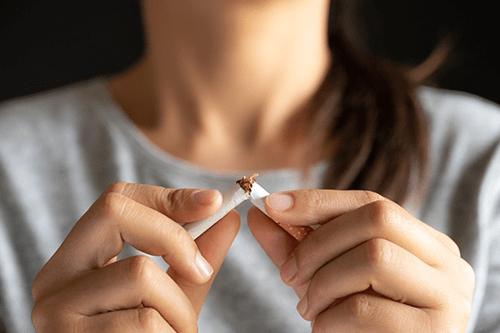
2. Have a healthy body weight
More than half of all Canadians have excess weight, putting them at increased risk for several types of cancer including uterine, pancreatic, breast and liver. Our body weight can be influenced by how much we eat and drink, how often we exercise, our genes and even where we live. We understand that every body is different and encourage you to speak with a healthcare professional about what a healthy body weight is for you and learn how you can work towards it.
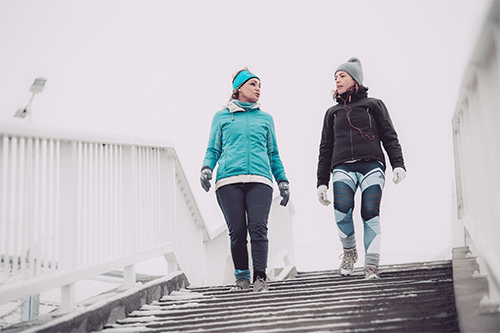
3. Eat well
There are many health benefits of eating well – including lowering your cancer risk! Incorporating more vegetables, fruit, protein and whole grains into your meals instead of highly processed foods is essential to eating well. We recommend using Canada’s Food Guide to help you kick-start your healthy eating habits.
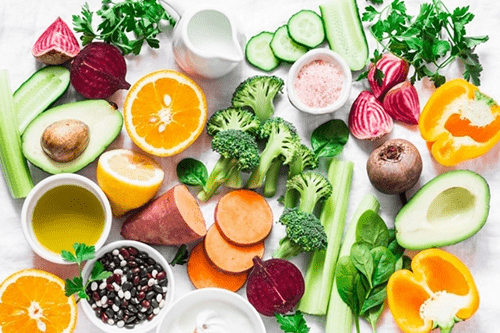
4. Be active
Getting enough physical activity on a regular basis will help protect against at least 8 types of cancer including colorectal, breast, lung and uterine cancers. Bike to work, hit the gym, walk the dog an extra 10 minutes or check out our list of fun ways to be active. Introducing more activity into your day-to-day routine will help keep you healthy in the long run.

5. Limit alcohol
It’s sobering news but drinking 3.5 drinks a day doubles or even triples your risk of developing cancer of the mouth, pharynx, larynx, or esophagus. In fact, drinking any type or amount of alcohol increases your risk of developing cancer. The good news is, the less you drink, the more you can reduce your risk. So next time, try out one of our mocktail recipes for a tasty drink – without the alcohol!

6. Be sun safe!
It’s true – too much direct sun exposure can lead to increased risk of melanoma and about 65% of melanoma cases in Canada are due to UV radiation! Protect your skin from the sun’s harmful UV rays by seeking out shady areas, layering with tightly woven fabric, wearing a hat, sporting protective eyewear and wearing a broad-spectrum sunscreen with an SPF of 30 or higher. Being sun safe all year-round could help lower your risk of cancer!

7. Ask about vaccines
Certain viruses, like hepatitis B and HPV, have been shown to cause cancer. While not everyone who gets these infections will develop cancer, it’s important to be aware of this connection and how you can reduce your cancer risk. Take matters into your own hands and talk to your doctor about whether getting vaccinated is right for you.

8. Test for radon!
We know that about 16% of lung cancer deaths are related to radon, a naturally occurring radioactive gas that has no colour, odour or taste, and can seep into houses through cracks and crevices. In fact, radon is the leading cause of lung cancer in non-smokers! Make sure your family’s home is safe from radon by purchasing a test kit online or at your local hardware store.
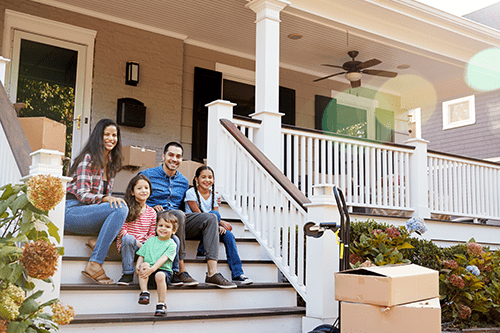
9. Be aware of hormones
Taking hormone replacements for menopause or the birth control pill disrupts the endocrine system on purpose and changes how hormones act in our bodies. This leads to a lower risk of certain cancers but increased risk of others. Learn more about the role hormones have on your cancer risk on our website and discuss the risks and benefits with your doctor.
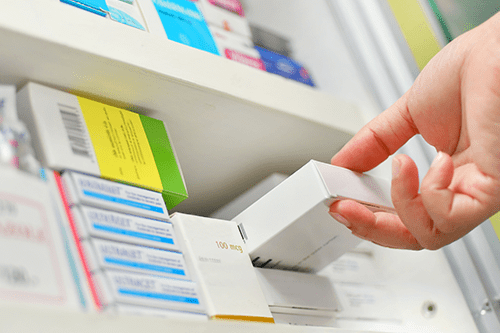
10. Get Screened
When cancer is found early, it’s often easier to treat. That’s why it’s so important to know what’s normal for your body so you can report any changes to your doctor and know when you should be screened for different types of cancer based on your age. If you notice any changes to how you’re feeling or if you have new physical symptoms, always book an appointment with your doctor.
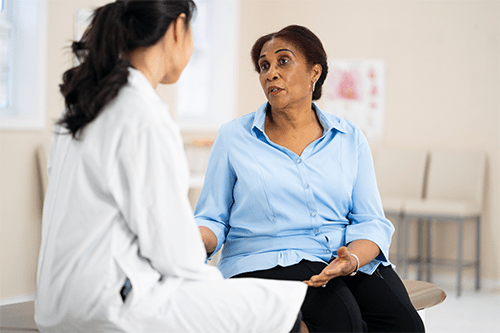
Take the next steps for YOU
Our online tool, It’s My Life! presented by Desjardins, offers the first step towards a healthier life. It provides you with an interactive way to understand the impact of cancer and how your lifestyle may affect your cancer risk. Use this tool to find out how you can make small changes that could help reduce your cancer risk today!

